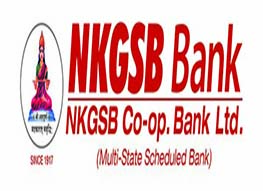Cache Memory
Introduction
- Fast expensive memory introduced between fast processor and slow main memory.
- It holds currently active segments of program and data
- A cache serves as a buffer between a CPU and main memory
- Memory words are grouped into small pages called cache blocks
- These are stored in cache data memory
- Each cache block is marked with its block address, known as tag
- The collection of which are currently assigned to the cache are stored in a special memory, called the cache tag memory or directory
Basic structure of cache
- During a Read or Write cycle the CPU initiates the memory access by placing an address on the memory bus.
- This address is compared with the tag address of the cache. If the tag address matches with the address, cache hit is said to occur otherwise cache miss said to occur
- When a cache hit occurs, the Read or Write operation is performed on Cache and main memory is not involved
- In the case of cache miss, the required data is brought from the main memory to cache
- When the cache is full, the cache H/W will decide according to some algorithm which block to be removed
Cache hit and Cache Miss
Memory Interleaving << Previous
Next >>Cache is organized in two ways
Support us generously: contact@lessons2all.com
Our aim is to provide information to the knowledge seekers.





.jpg)

